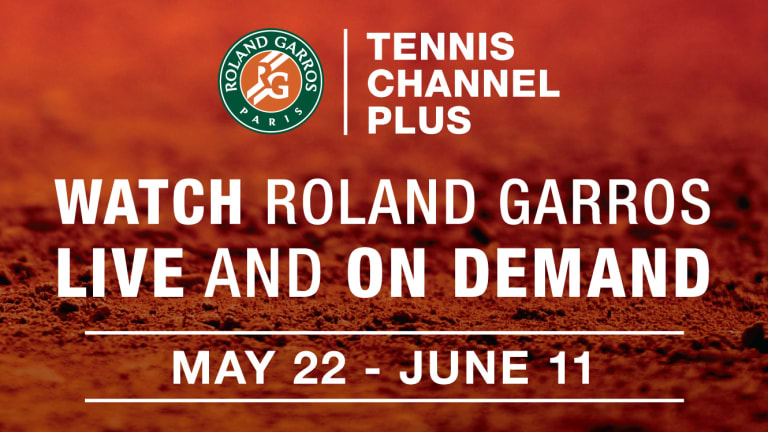Next turns to Now: On Zverev’s Rome title, Djokovic’s big Agassi news
card-sponsor-pre May 21, 2017pickleball
PHOTOS: Stefanie Graf, Andre Agassi top Maria Sharapova, John McEnroe at Pickleball Slam 2
card-sponsor-pre Feb 06, 2024pickleball
'It's added to my life on so many levels': Andre Agassi uncovers new passion with pickleball
card-sponsor-pre Feb 02, 2024Pop Culture
Who is ... Steffi Graf? Tennis legend features in Jeopardy! clue
card-sponsor-pre Jan 31, 2024Tennis Lessons
Roger Federer in primetime: TC Plus Classics to revisit 20-time Slam champ's greatest matches
card-sponsor-pre Dec 19, 2023US Open
The 10 closest calls for American men at the majors since Andy Roddick's 2003 US Open title
card-sponsor-pre Sep 03, 2023pickleball
Agassi, Graf, McEnroe and Sharapova to take part in second Pickleball Slam event
card-sponsor-pre Jul 19, 2023Facts & Stats
The Sunshine Double: All the players who’ve won Indian Wells and Miami in the same year
card-sponsor-pre Mar 26, 2023Style Points
Daniela’s Denim Dream: Is Hantuchova’s hope for tennis fashion realistic?
card-sponsor-pre Feb 07, 2023Your Game
Nick’s Notes: Bollettieri on starting your match off right
Jan 01, 2023Next turns to Now: On Zverev’s Rome title, Djokovic’s big Agassi news
The young German is impressive in victory, while Djokovic plans a
published_tag May 21, 2017
Advertising
Advertising
Advertising
Advertising
Advertising

Next turns to Now: On Zverev’s Rome title, Djokovic’s big Agassi news